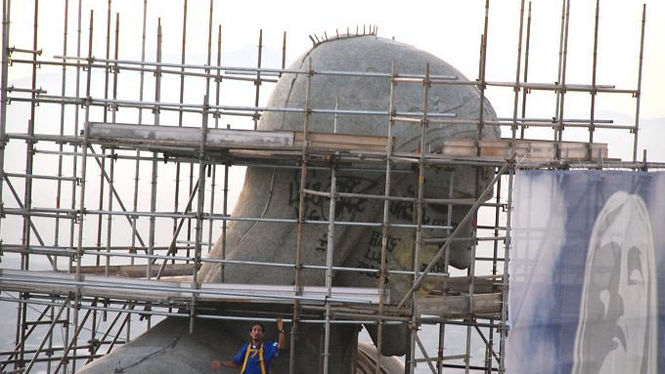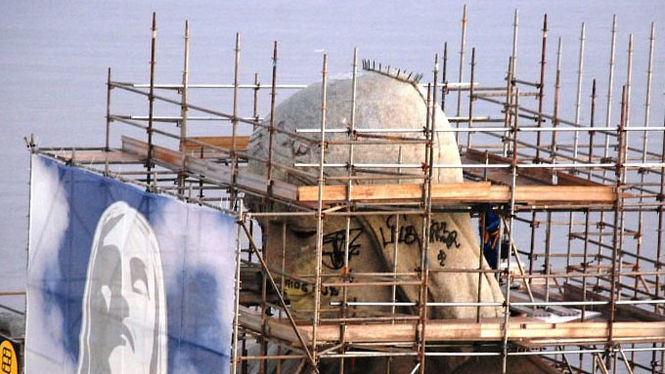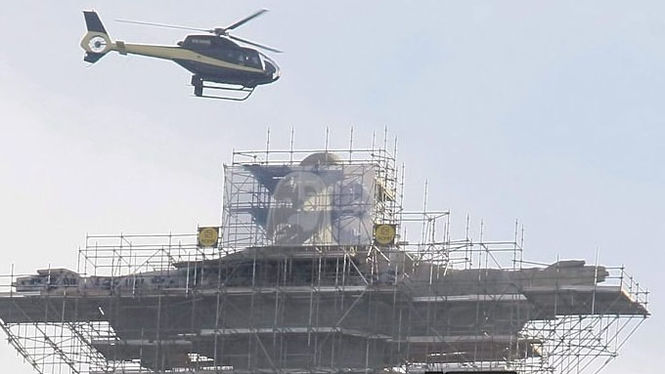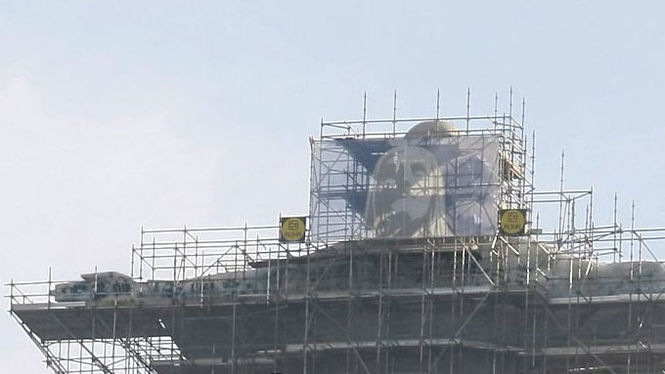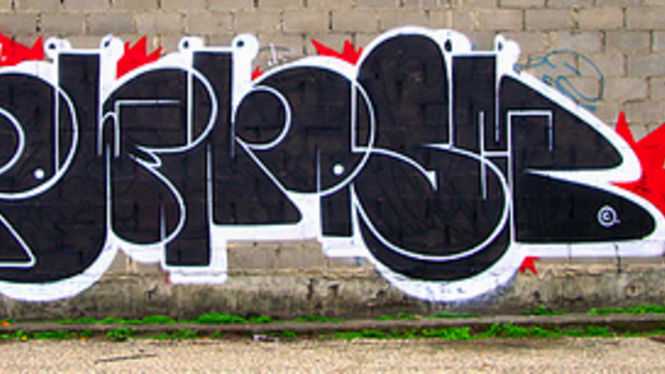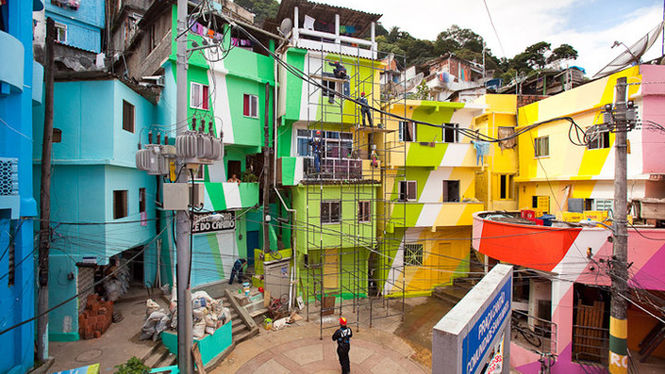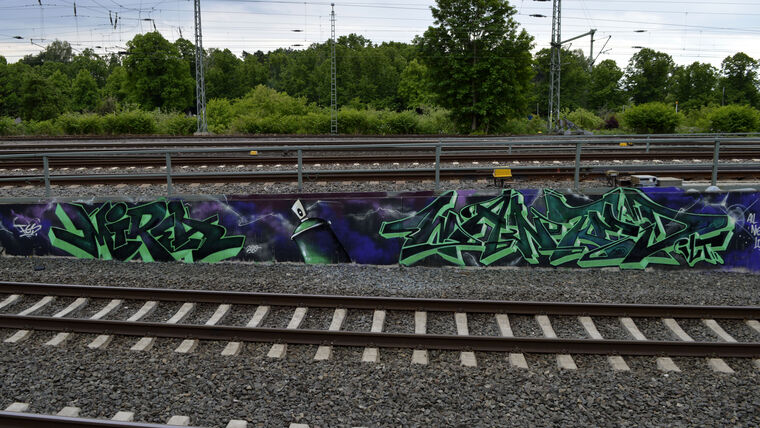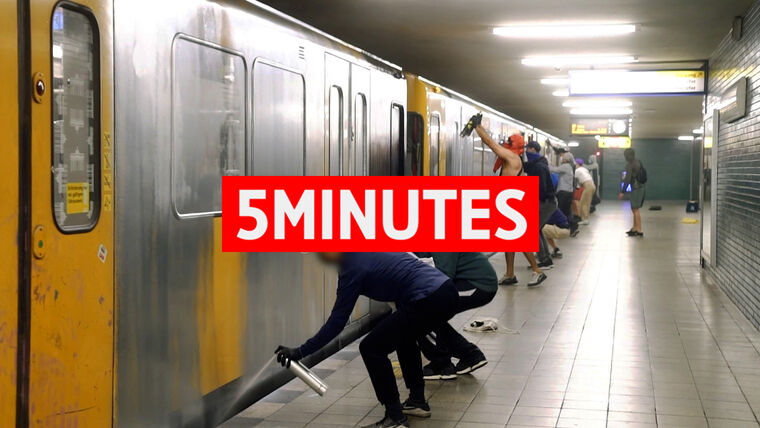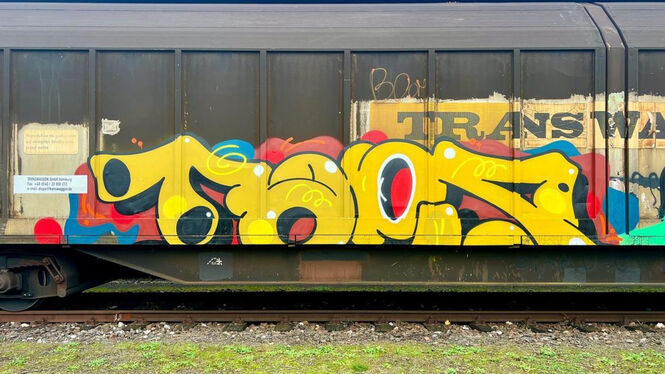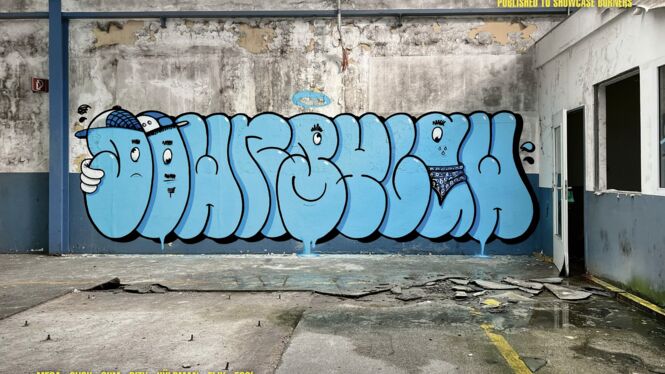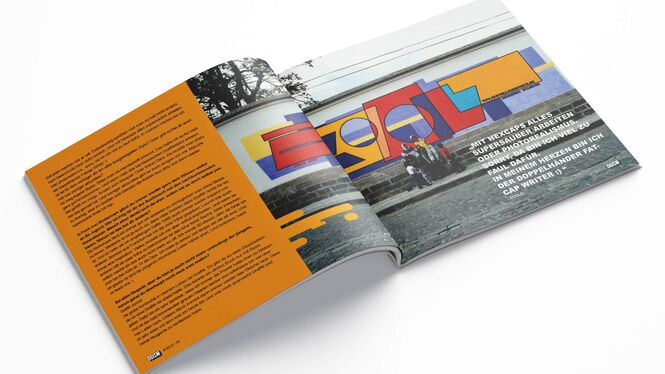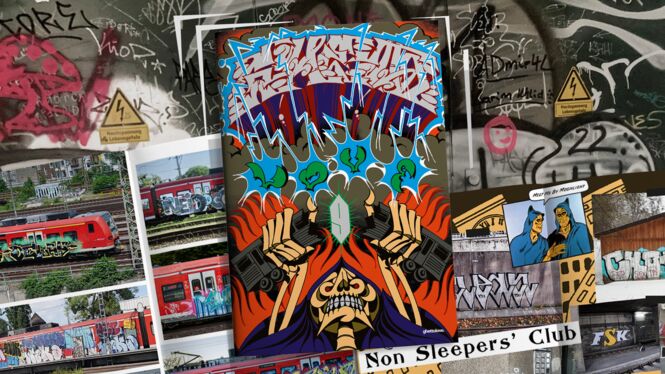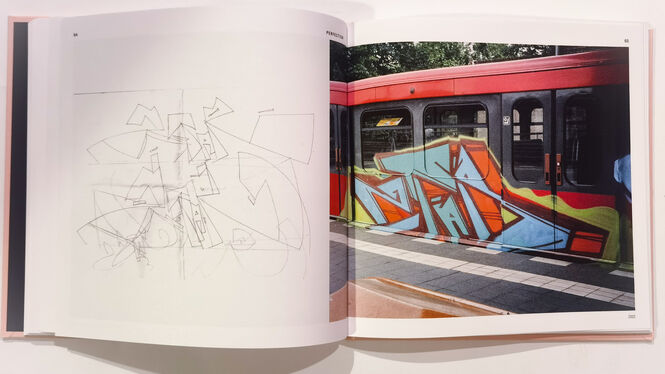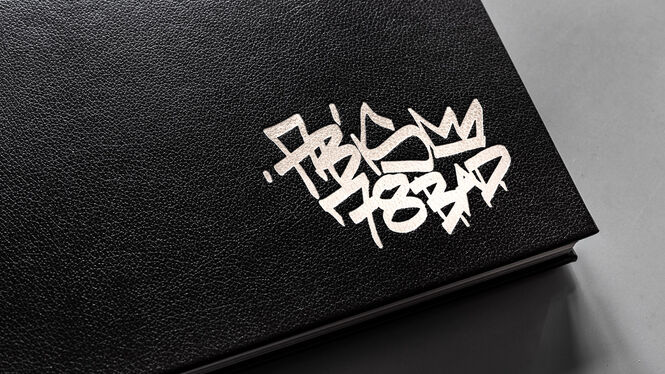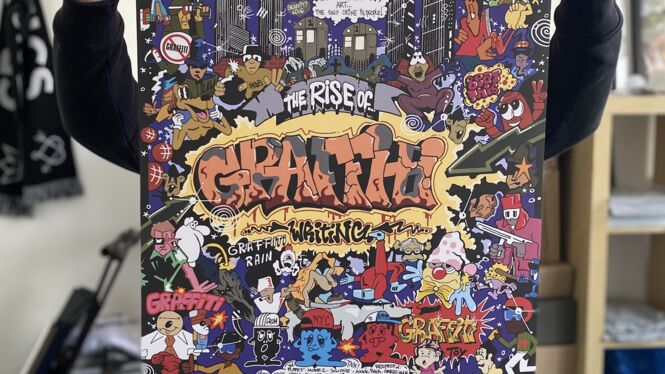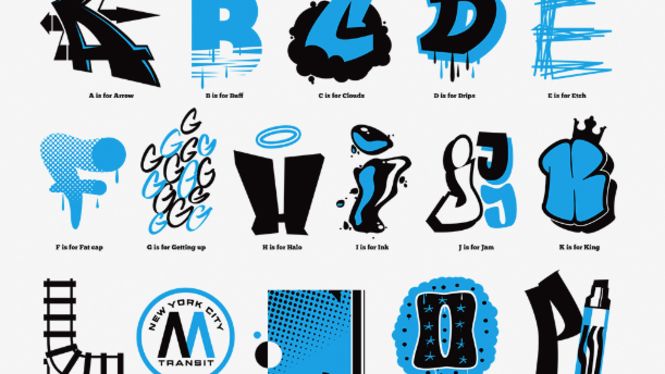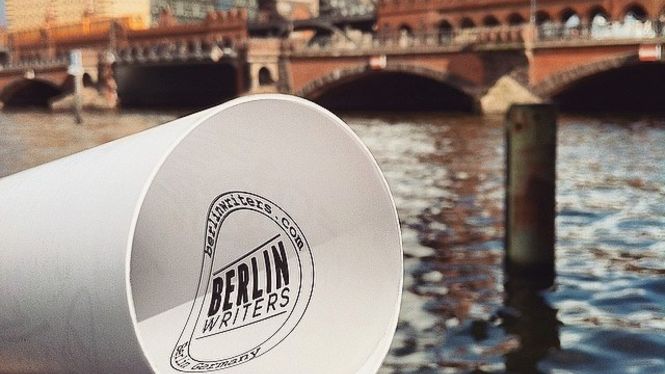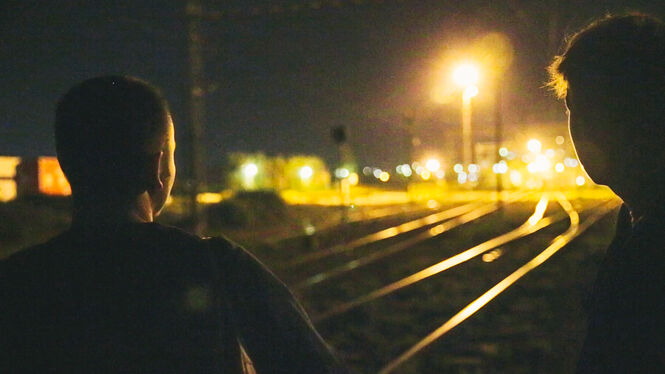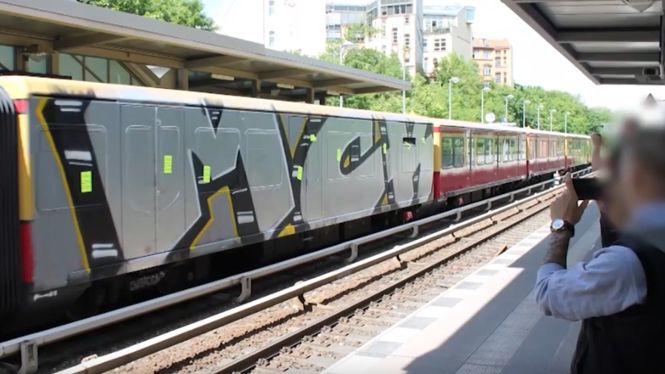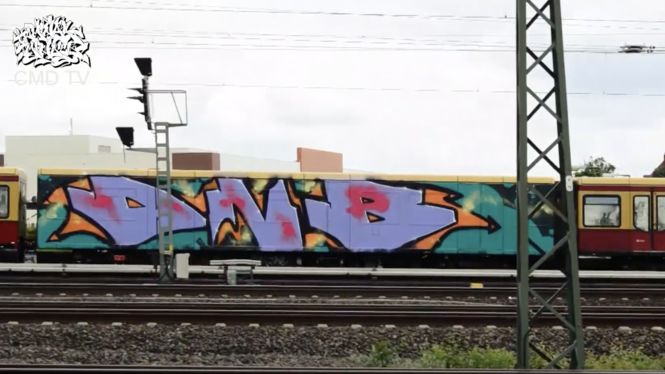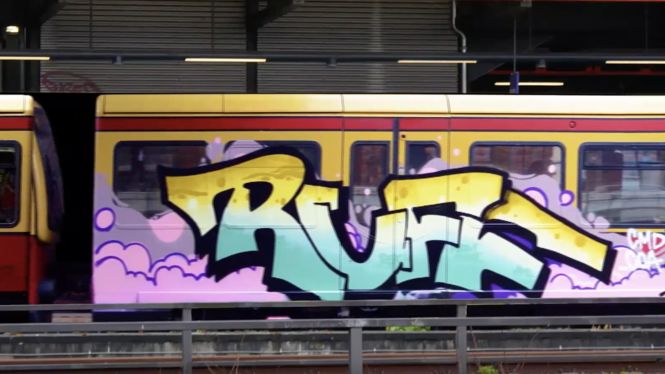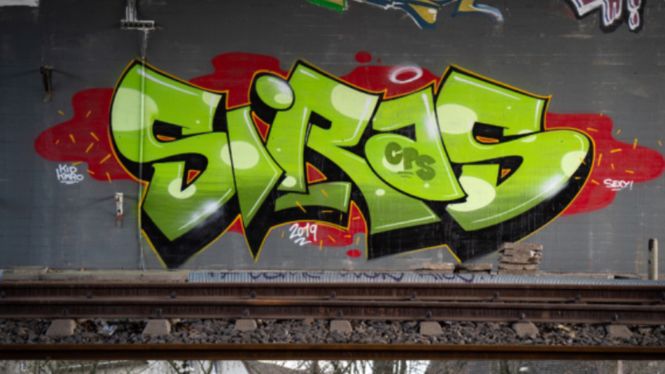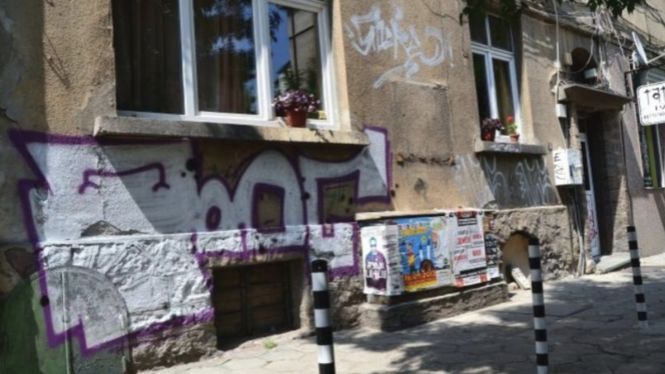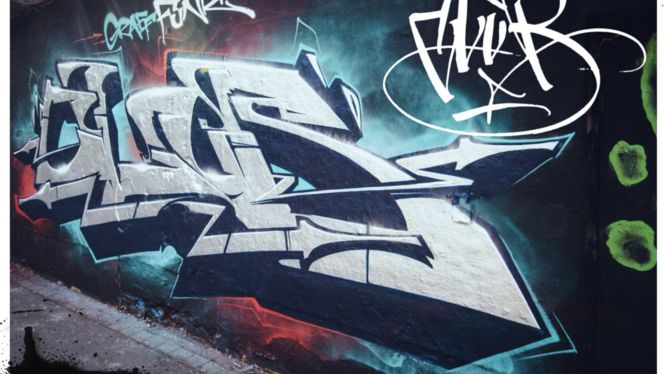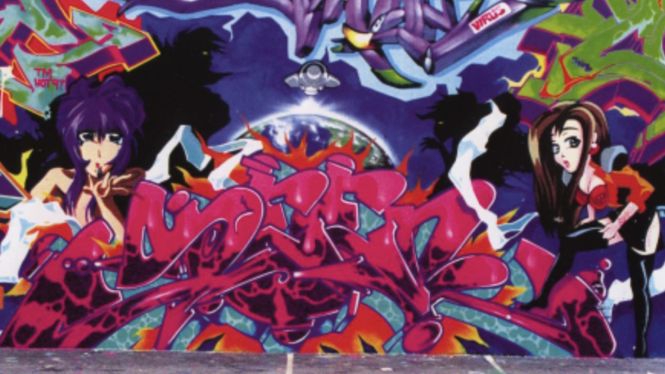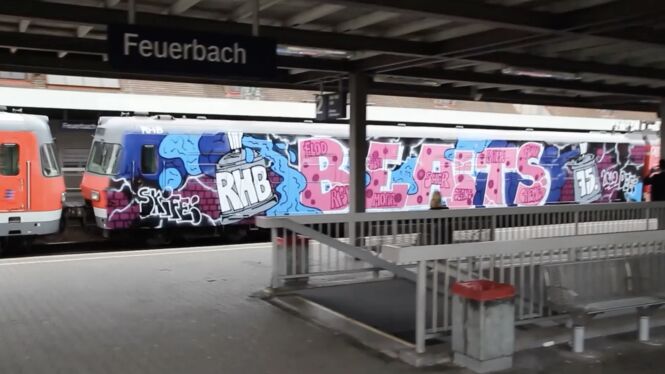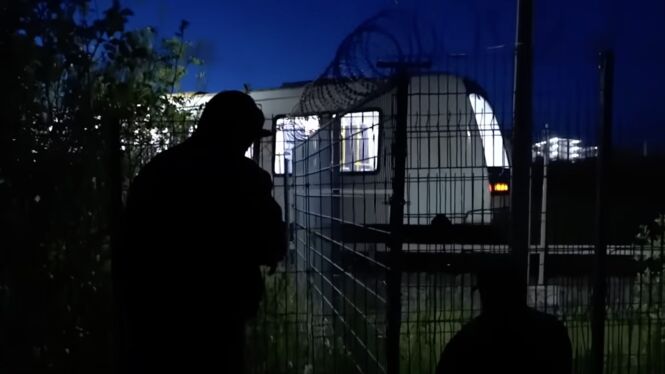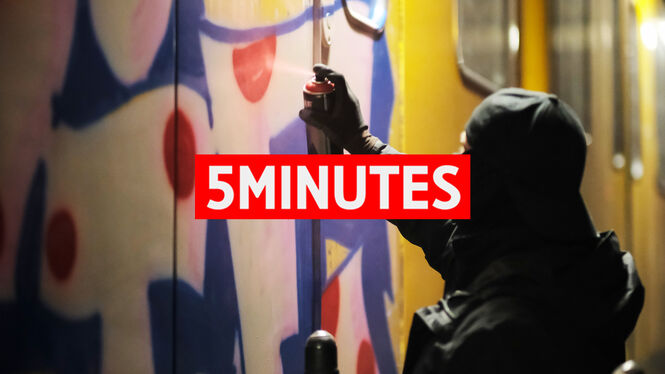…tanzen die Mäuse auf dem Tisch. Das steht auf den weitgeöffneten Armen der Christus-Statue in Rio de Janeiro, dem Wahrzeichen der Stadt. Rios Bürgermeister Eduardo Paes gab allerdings bekannt, die Reinigung des Monuments habe bereits begonnen. Der Zugang zu dem Denkmal auf dem Corcovado-Berg ist seit Dienstag gesperrt, da die Straßen rundum durch Dutzende Erdrutsche, Steinschläge und umgeknickte Bäume nicht passierbar sind.
Die brasilianische Metropole hatte in der vergangenen Woche die schwersten Regenfälle seit Jahrzehnten erlebt, fast 250 Menschen kamen dadurch ums Leben. Jährlich besuchen rund zwei Millionen Touristen die Stadt und die Statue.
Vandals covered Rio de Janeiro’s towering Christ the Redeemer statue with spray-painted graffiti, marring the world-famous monument in an act Rio’s mayor called a « crime against the nation. »
The vandals covered the head, arms and chest of the 130-foot (40-meter) statue, which looks out over Rio’s dramatic vista of beaches and mountains, using scaffolding that had been erected to carry out maintenance work.
« Those criminals will pay for what they’ve done. They will go to jail, » Rio Mayor Eduardo Paes was quoted as saying in Friday’s O Globo newspaper. « Rio de Janeiro and Brazil do not deserve this. »
Access to the statue had been closed after recent rains that caused mudslides around the city.
Phrases scrawled onto the statue included « When the cat’s away, the rats will play, » as well as apparent references to Rio residents who were killed or who disappeared in recent crimes, O Globo reported.
The soapstone statue, completed in 1931, sits atop the 2,300-foot (700-meter) Corcovado mountain and is visible from much of the city.
Rio extensively used the image, along with bucolic beaches and the popular Sugar Loaf mountain, in its successful bid to host the 2016 Olympic Games.
Quellen: Welt Online, Washington Post, Photos

